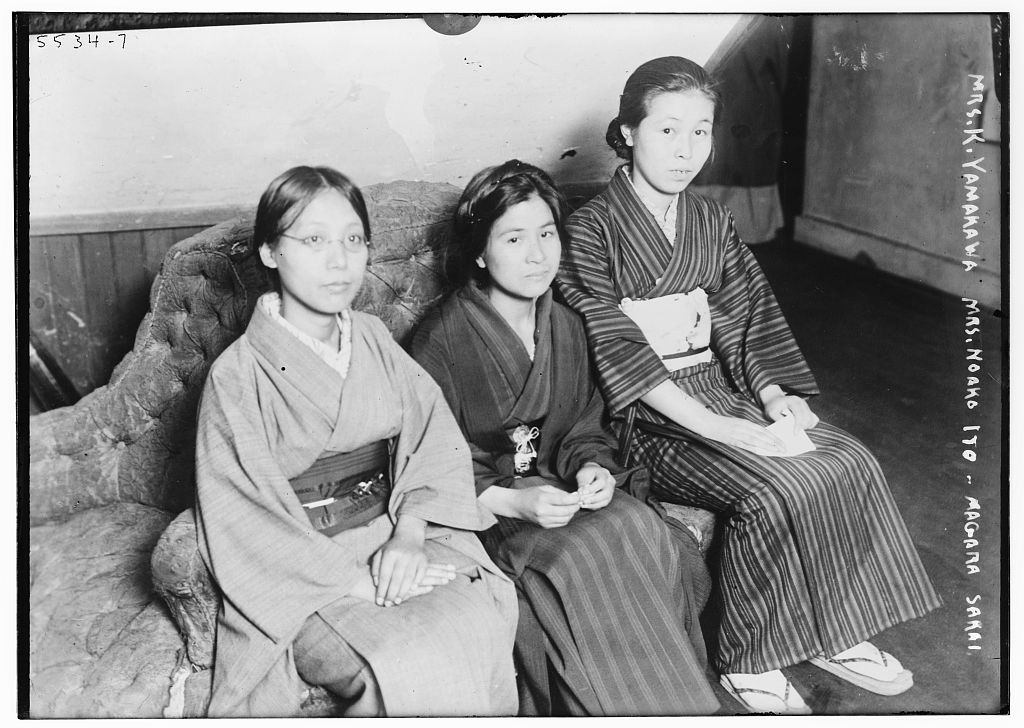
YAMAKAWA Kikue (1890-1980) was a renowned socialist, activist, and advisor to the Sekirankai throughout 1921. Born to a prominent family of former samurai, she attended a women’s academy, where she formulated her progressive philosophy. Through encounters with socialist literature, the hypocrisies of capitalist society, and her future husband and founder of the Japanese Communist Party, Yamakawa Hitoshi, Yamakawa Kikue cultivated a belief in the necessity of socialist revolution to attain freedom which transferred to her work with the Sekirankai.
In Mikiso Hane’s Reflections on the Way to the Gallows: Rebel Women in Prewar Japan, Yamakawa’s unique perspective emerges within her memoir. Via descriptions of her formative experiences, she demonstrates a desire to denounce labor abuses and the governmental oppression of women through a cooperative organization. Hence, even without being active in the Sekirankai’s political demonstrations, she engaged with the group through a unified desire to acquire female liberties by overthrowing capitalism. Therefore, despite her eventual disappointment with the Sekirankai’s dissolution, Yamakawa’s revolutionary views influenced the socialist ideology of the collective, which demonstrates feminine resistance throughout the modern period of Japan.
FURTHER READING
Hane, Mikiso. 1998. “The Sekirankai.” In Reflections on the Way to the Gallows: Rebel Women in Prewar Japan, 161–74. University of California Press.
Leave a Comment

